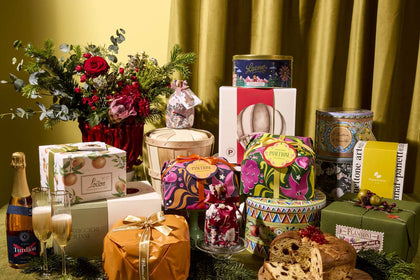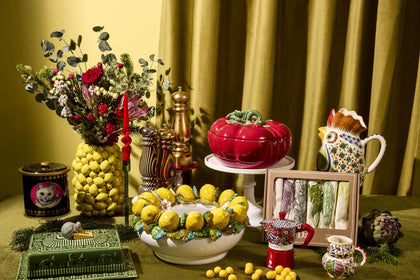How to Make the Perfect Matcha Latte

What is in a matcha latte?
A matcha latte is made with matcha powder, which is whisked together with hot water to create a frothy, creamy beverage. The powder is also combined with milk (dairy or non-dairy), and sweetener is added to taste. When made correctly, a matcha latte should be frothy, slightly sweet, and have a rich green tea flavour.
What makes a good matcha latte?
A good matcha latte is made with high-quality matcha powder, filtered water, and milk of your choice. The water or milk should never reach boiling point and ideally be heated to around 70 degrees Celcius so the heat doesn't ruin the flavour. Then, when you add your matcha powder to the water you need to make sure you whisk it properly until it is frothy.
How do you sweeten a matcha latte?
Traditionally, matcha is quite bitter, so most people sweeten it with sugar. You can use any type of sugar, from granulated sugar to honey. If you want a healthier option, stevia or monk fruit are both great substitutes. You can also try using sweetened almond milk or coconut milk instead of dairy milk.
What milk goes best with matcha latte?
Whole milk will give your latte a rich and creamy flavour, while almond milk will add a nutty sweetness. Soy milk is another option that will create a foamy texture. If you're looking for a lighter latte, try using skim milk or water.
How to make a matcha latte
- Start by heating up your milk of choice in a saucepan, in the microwave or using a milk frother. If you're using a saucepan, be sure to whisk the milk frequently so it doesn't burn. Be careful not to boil the milk too vigorously either because this will cause bubbles that will result in an uneven foam later on.
- Next, pour some hot water into a tea bowl with about one teaspoon of matcha powder for every 80ml of water. Whisk the mixture until it becomes frothy and then add some more hot water (about 150ml) to dilute the mixture.
- Once the milk is heated but not boiling, add it slowly to the tea bowl while stirring constantly.
- You can now top off your matcha latte with whipped cream if desired or simply enjoy it as is!
Keep in mind that some people may find the taste of matcha to be somewhat bitter, which is why it's often diluted with milk. The proportion depends on how strong you want your drink and what tastes best to you. For those who like their drinks sweeter, try adding honey or agave nectar.
Frequently Asked Questions
My matcha lattes never taste good, how do I make them taste better?
There are a couple of key things you want to do to ensure the perfect matcha latter. First, start with high-quality matcha powder and use filtered water to make your tea. Second, don't overheat your water - it should be around 70 degrees Celsius. And finally, use a bamboo whisk (or electric frother) to mix the matcha and water together until it's foamy.
Does matcha latte taste like coffee?
They taste very different - Matcha is more savoury and grassy, while coffee is more bitter. When making a latte with matcha powder, many people find that they need to sweeten it more than they would coffee.
Is matcha latte stronger than coffee?
No, matcha lattes are not stronger than coffee. A typical matcha latte contains about 30-35mg of caffeine per 8oz serving, while a typical 8oz cup of coffee contains about 95-165mg of caffeine. So while matcha lattes do have caffeine, they don't have as much as coffee.


